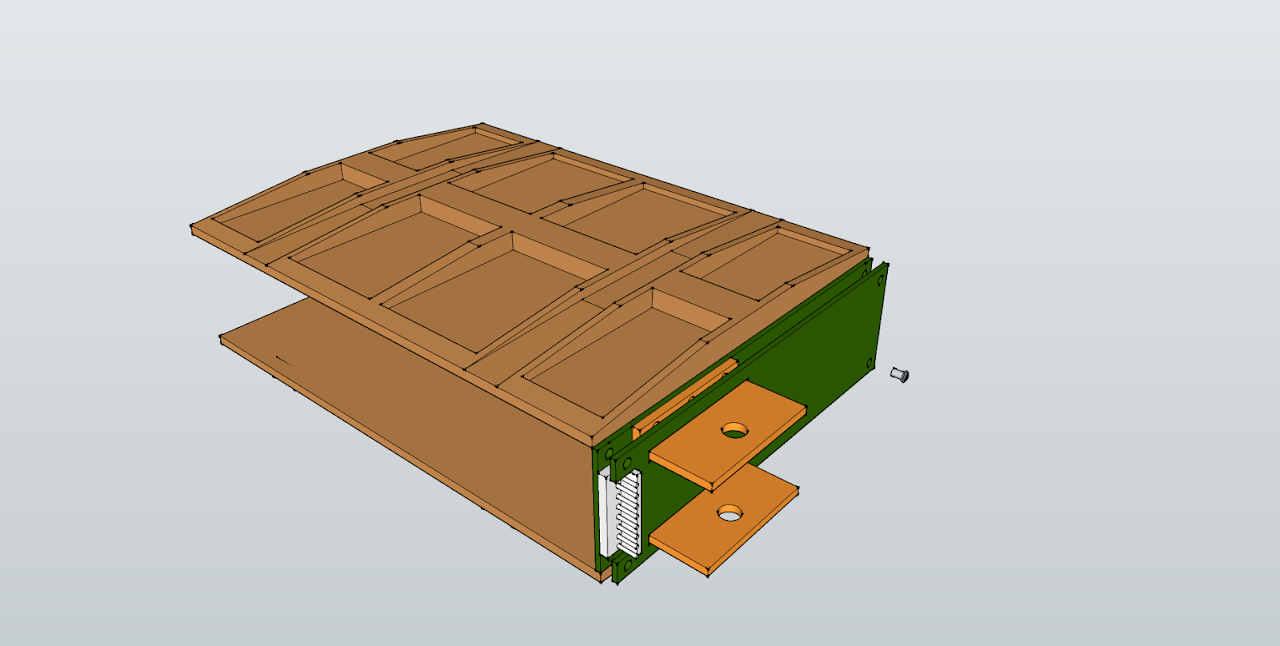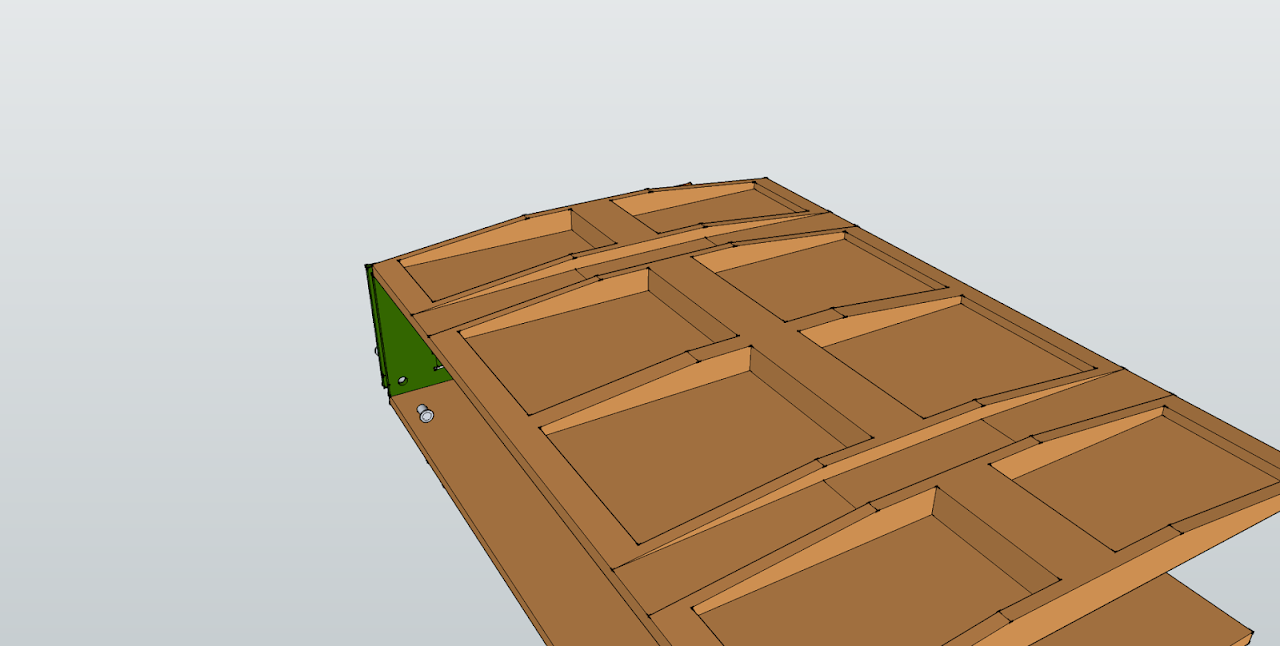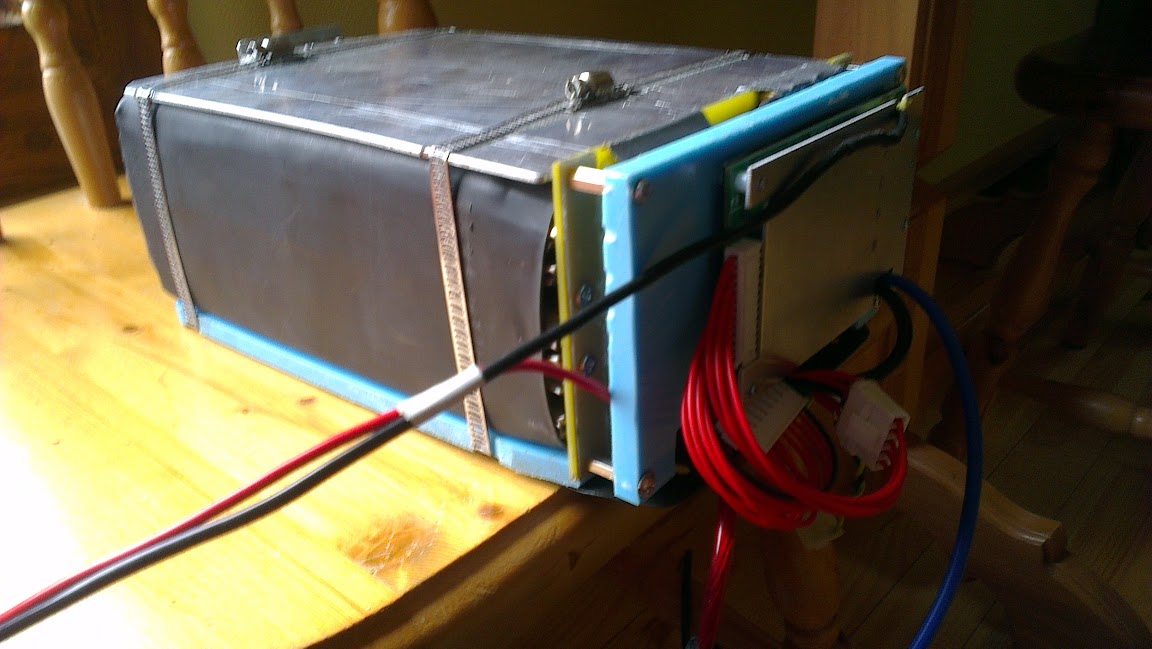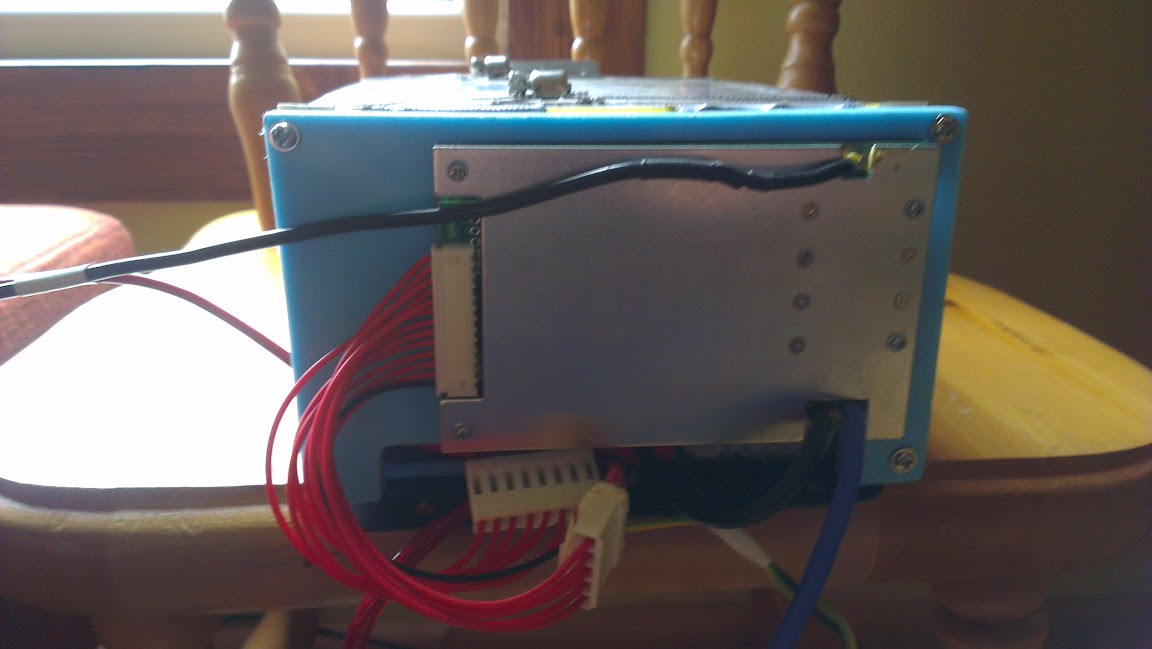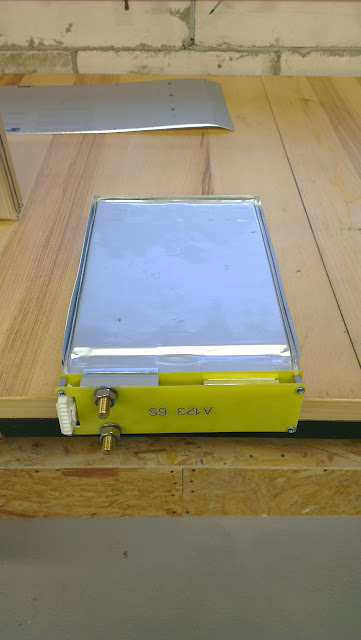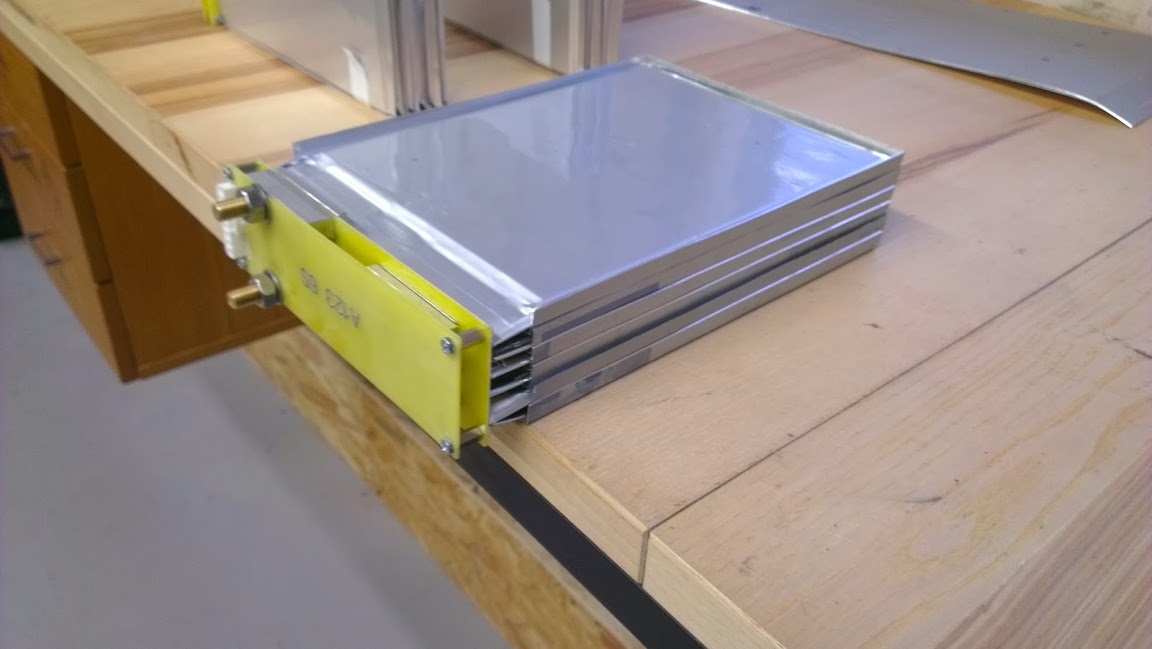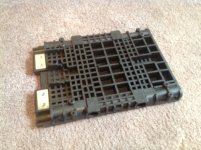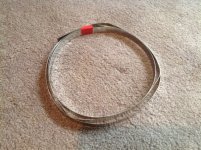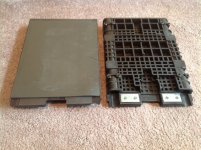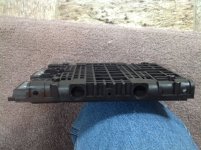wb9k
10 kW
I think you're on the right track Dave, though I do think the heat sinks have value even air-cooled and in lower-current applications. Even a ten degree temperature gradient across a pack will yield results that become obvious toward the end of life (EOL). Basically, the cells that have lived at higher temps will die sooner. Usually, this happens to the cells toward the pack interior.
I should be able to get your package out to you tomorrow.
I should be able to get your package out to you tomorrow.


